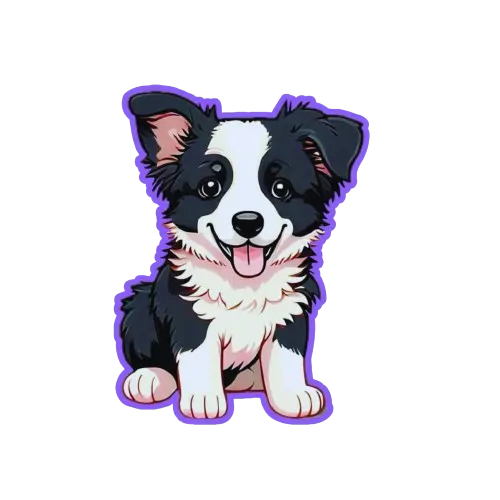Can Dogs Eat Pork Feet?
As a furry friend enthusiast, I’m excited to share some insights with you!
Pork feet, also known as pig’s trotters or pork paws, are an interesting topic when it comes to canine cuisine. While dogs can indeed eat pork feet, there are some essential considerations to keep in mind.
What’s in Pork Feet?
Pork feet typically consist of the toes, hooves, and surrounding tissue. These parts contain protein, fat, calcium, phosphorus, and other nutrients. However, they also contain a higher concentration of salt, sulfur compounds, and potential allergens like pork skin or cartilage.
Is Pork Foot Consumption Safe for Dogs?
In general, pork feet are considered safe for dogs to eat in moderation. However, there are some caveats:
- Allergies: Some dogs may be allergic to the proteins found in pork feet, which could lead to an adverse reaction.
- Toxic compounds: While rare, pork feet can contain toxic compounds like sulfur and salt, especially if they’re not cooked or processed properly.
- Bone fragments: Pork feet often include small bone fragments, which can be a choking hazard for dogs or cause digestive issues.
When Can Dogs Eat Pork Feet?
To minimize potential risks, consider the following guidelines:
- Cooking: Always cook pork feet thoroughly to reduce the risk of foodborne illness and make them easier to digest.
- Chopping: Chop or grind the pork feet into smaller pieces to prevent choking hazards and ensure even distribution in your dog’s meal.
- Start with small amounts: Introduce pork feet gradually, starting with a small amount (about 1-2% of their daily caloric intake) to monitor your dog’s reaction.
Conclusion
While pork feet can be a nutritious and tasty treat for dogs, it’s crucial to consider the potential risks and take necessary precautions. Always consult with your veterinarian or a canine nutrition expert if you have concerns about feeding pork feet or other human foods to your furry friend.
Remember to Check with Your Local Vet!
For specific advice on incorporating pork feet into your dog’s diet, please consult with your local veterinarian. They’ll be able to provide personalized guidance based on your dog’s breed, age, health, and any dietary restrictions they may have. Happy tail-wagging!
